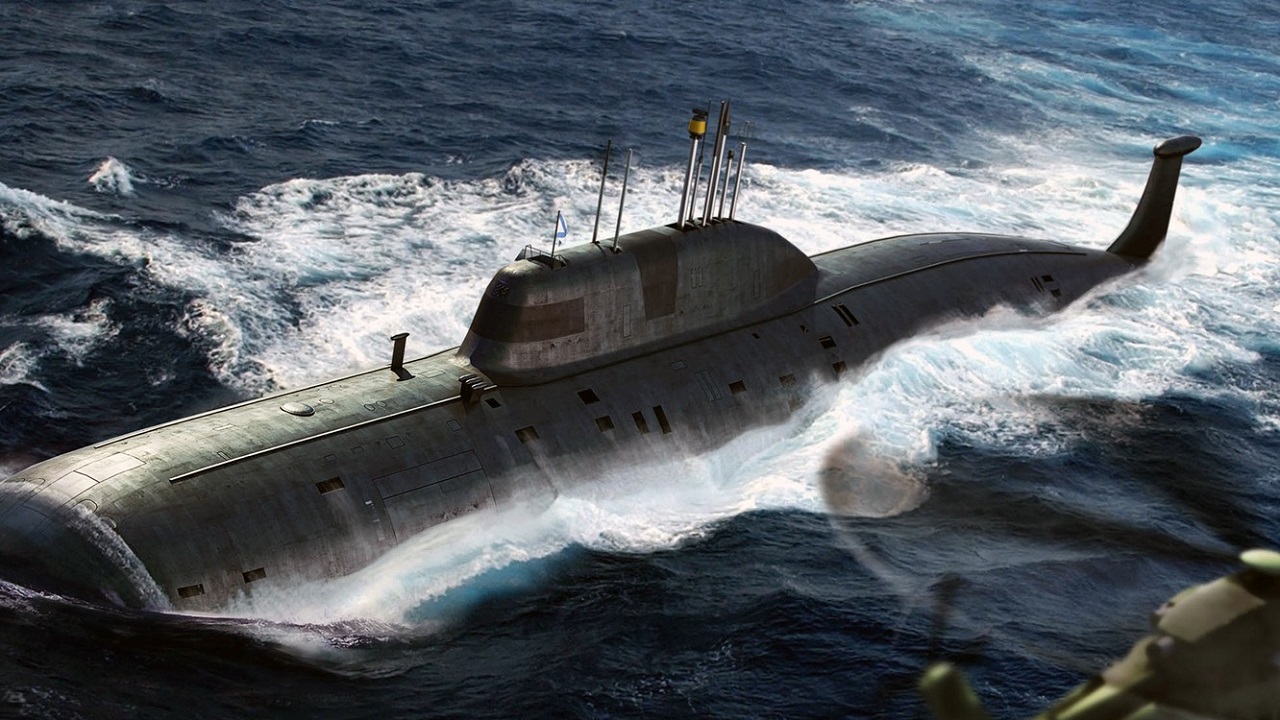Key Points and Summary: Russia’s naval struggles extend beyond the Black Sea, with its Mediterranean fleet showing serious signs of decline.
-A recent fire aboard the Kildin warship off the Syrian coast underscores Russia’s inability to maintain its aging vessels.
-Despite re-establishing its naval base in Tartus, Syria, Moscow’s presence in the Mediterranean remains fragile, especially with no submarines in the region. With resources stretched thin due to the Ukraine war, Russia’s ability to sustain influence in the Middle East and Southern Europe is in question.
-As its fleet deteriorates, Moscow faces mounting challenges in maintaining a strategic foothold in the region.
Can Russia Maintain Its Naval Presence in the Mediterranean?
Russia’s widely cataloged challenges in the Black Sea against Ukrainian land-fired missiles and its troubled experience with an inability to successfully restore its lone aircraft carrier may have obscured Russia’s massive Naval problems in the Mediterranean.
A recent “fire” on a Russian warship off the coast of Syria has once again brought Russia’s naval problems back into focus, as its Kildin warship was observed emitting black smoke from the funnel resulting from an onboard fire, according to numerous reports. As described in a news essay by Regtechtimes (MSN), the incident highlighted the continued deterioration of Russia’s Mediterranean fleet, a Navy force put in place years ago to support the country’s interests in the region. Russia has, of course, had a longstanding interest in key places throughout the area, such as Eastern Europe and the Middle East.
The Regtechtimes offers some interesting analysis regarding the reasons for Russia’s many ongoing problems with its Naval force.
“Russia’s fleet is aging, and it has struggled for years to maintain its ships properly. Fires and other accidents are not unusual on Russian naval vessels, and many experts believe that the lack of resources for maintenance and the wear and tear from continuous operations are taking a toll on the ships.
Russia’s Navy simply doesn’t have enough support to keep its fleet in top shape, especially in areas far from home like the Mediterranean,” the essay says.
Russia in the Mediterranean
Russia’s Mediterranean Squadron has been functioning since 2013, yet the scope of its influence has likely been decreasing in recent years due to the vast extent to which the Ukraine war has drained, reduced or destroyed Russian resources.
What might Russia’s problems with its Mediterranean fleet suggest for its Middle Eastern, African, and Southern European influence? A significant essay in January 2025 from Rusi explains that Russia has managed to reclaim, secure or maintain its presence at a base along Syria’s Southern border at the city of Tartus. The fall of the Assad regime led to a temporary departure from the area, yet the Russian Navy has since made its return to re-establish the previous status quo.
“The Kremlin effectively acknowledged that avoiding loss of access was, and is, a priority. Russia was quick to engage with the new leadership, and the fate of its air and naval bases was high on the agenda,” the Rusi essay maintains.
This indicates that Russia will retain or re-establish its Naval access to Syria and connected portions of the Middle East. Although Russia’s Navy is by no means considered a seriously formidable fighting force threatening NATO in the region, the simple prospect of continued access and presence seems quite significant for Russia as it affords a point of entry for ground troops, weapons, or supplies in the Middle East.

Akula-Class Submarine. Image Credit: Computer Generated Image, Screenshot.
At the same time, there is also some ambiguity regarding Russia’s ability to re-establish Tartus, according to a Jan. 5, 2025 essay in Naval news which reports that, due to the Syrian regime change, Russia has no submarines in the Mediterranean.
In a purely strategic or tactical sense, a base on the coast of Syria could enable Russia to base fighter jets and armored vehicles within reach of key parts of The Middle East and Eastern Europe. The Russian Navy may not present much of a threat moving up the Adriatic Sea as a Naval attack force. Yet, a base in Syria would extend Russia’s military access to key regions of interest near Croatia, Serbia, and Southeastern Europe.
However, despite returning to Tartus, Russia’s Mediterranean presence is also limited by mere presence, as its base along the Syrian coast is its “only” base along the entire Mediterranean coast.
About the Author: Kris Osborn
Kris Osborn is the Military Technology Editor of 19FortyFive and President of Warrior Maven – Center for Military Modernization. Osborn previously served at the Pentagon as a highly qualified expert in the Office of the Assistant Secretary of the Army—Acquisition, Logistics & Technology. Osborn has also worked as an anchor and on-air military specialist at national TV networks. He has appeared as a guest military expert on Fox News, MSNBC, The Military Channel, and The History Channel. He also has a Masters Degree in Comparative Literature from Columbia University.

